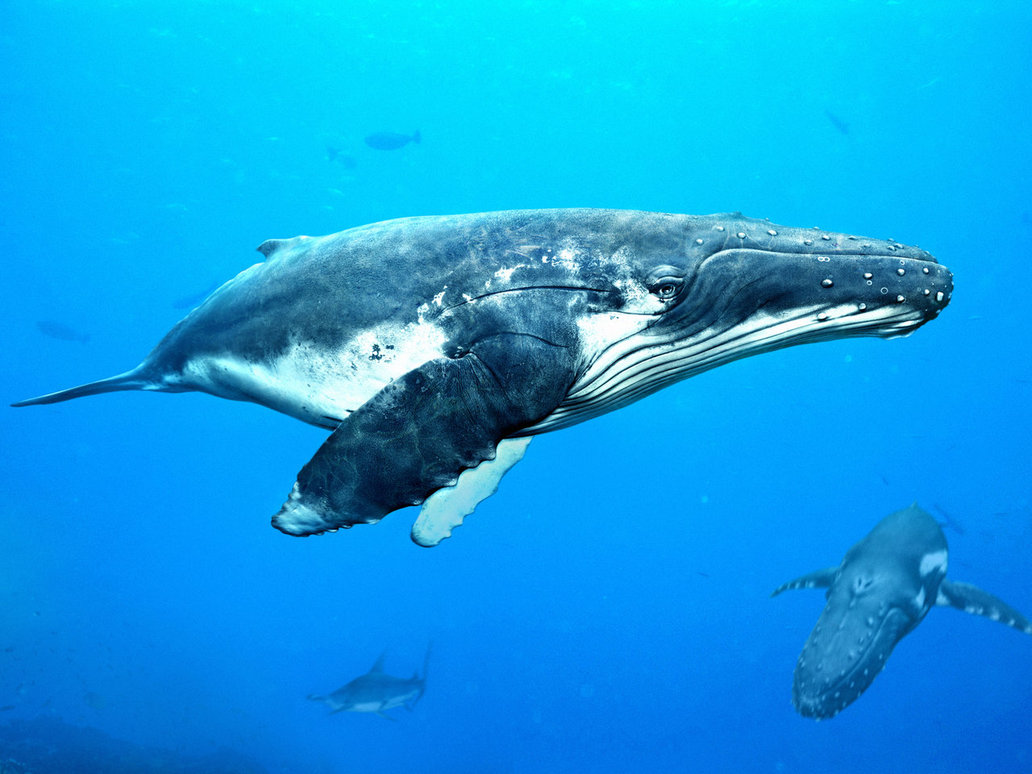KEY QUESTIONS
- Are mysticetes more susceptible to E&P industry sound than other animals because of overlap between their hearing ranges and industry sources?
- Can the hearing abilities of large whales be estimated from ear anatomy?
- Are anatomical ear models appropriate for developing audiograms for baleen whales?

SUMMARY
The primary goal of this research was to use anatomical modeling techniques to provide reliable hearing estimates for baleen whale species thought to be most susceptible to impacts from low frequency sound sources such as seismic operations. These data are necessary for determining ranges of interest for behavioral response studies, mitigation, and risk assessments for hearing impacts.
Two integrated research teams were formed to conduct anatomical (WHOI research team) and experimental (Boston University research team) studies from which minke whale audiograms were developed. The goals in this project were to acquire sufficient specimens of minke whale heads and ears, to document the anatomy via CT, dissection, and histology, to obtain middle and inner ear morphometrics, and to obtain middle and inner ear stiffness measures. From these data, both anatomical and experimental, two forms of model audiograms of minke whale hearing were formulated using current anatomical and biomedical engineering techniques. Hearing range models were produced by both methods for the minke whale and for two odontocetes, the bottlenose dolphin and the harbour porpoise.
The purpose of the odontocete analyses was to test the validity of the models by comparing model data with previously published live animal psychophysical audiograms. Using this approach, minke whales seem to hear best between 17 Hz and 35 kHz with the region of most sensitive hearing between 1-5 kHz. However, the computational model approach predicted the most sensitive region spans 40 Hz to 15 kHz which lines up well with the frequency range of vocalisation in this species (50 Hz to 9.4 kHz).
Objectives and methods
This project had three major aims divided between the two teams as follows:
- Develop a morphometric database for minke whale heads and inner ears (WHOI)
- Directly measure middle ear stiffness at points of the inner ear membrane (BU)
- Complete, test, and publish a model, generic minke whale audiogram (WHOI/BU)
Parameters for the biophysically based computational model were derived from anatomical and biomechanical measurements made on ears harvested from stranded animals and the resulting models were used to predict important features such as the audiogram.
Anatomical measures were obtained for entire minke whale heads and for middle and inner ears. These were used to generate a frequency range map for the minke based on basilar membrane dimensions and cochlear canal morphometry, which were obtained by CT and histologic measurements. Models from anatomical measurements of inner ear structures are based on the thickness and width of the basilar membrane which correlate with membrane resonances which determine the hearing range and frequency resolution of the inner ear.
Importance
This study implies that the minke whale can hear virtually all frequencies produced by airgun arrays. The effect of airgun source levels on hearing sensitivity of the minke whale cannot be estimated from the results of this study alone. The anatomical investigations may also assist in determining effective electrode and sound source placements for future efforts on auditory brainstem response (ABR) measures in live stranded baleen whales.
Links to other research
This study was intentionally linked to Programme project AEP Audiogram, Seasonal Movement Measurements and Vocalisation – Individual Minke Whales in Icelandic Waters in an effort to measure the hearing sensitivity of a live minke whale with electrophysiological methods.
WHOI Computerised Scanning and Imaging website
Institutions/PIs
Woods Hole Oceanographic Institution (Darlene Ketten)
Boston University (David Mountain)
